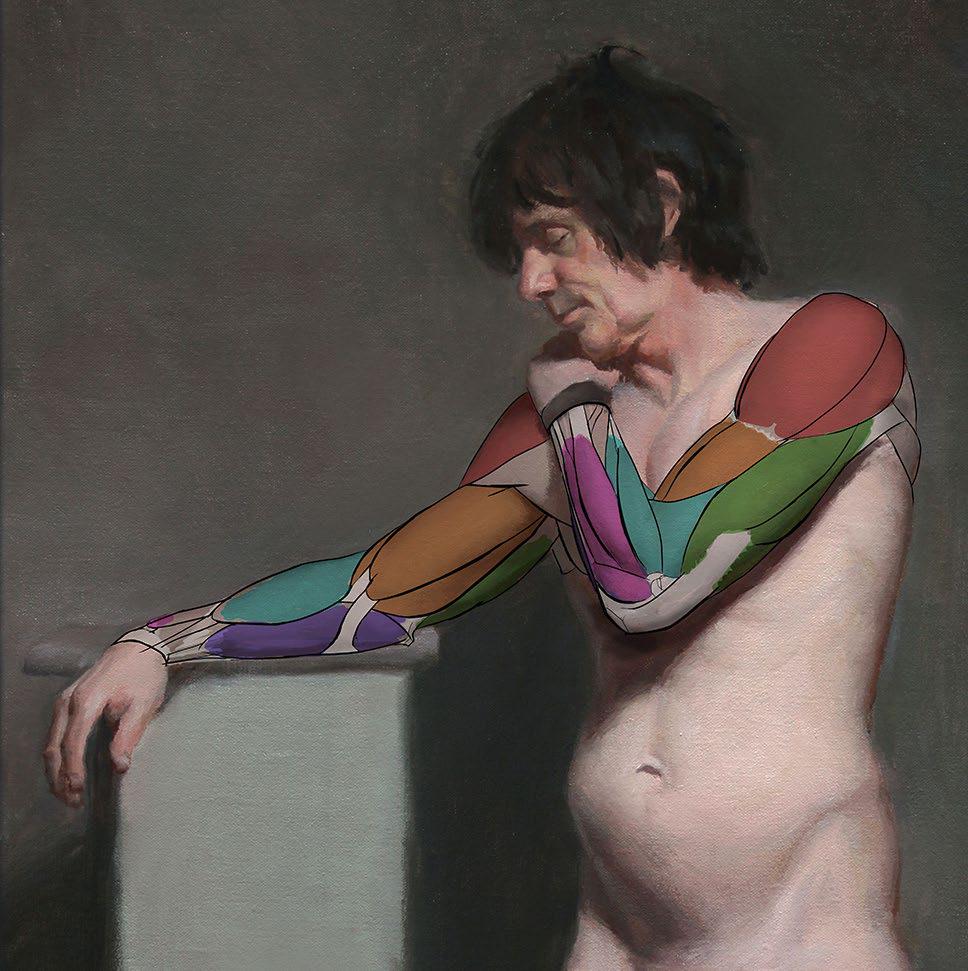
ANATOMY – PART 8
When we begin to study the arm and its varying structures, it can be easy to quickly become overwhelmed. There are many complex and varying movements the arm has to accommodate, each one needing a unique muscle. Housing 24 total muscles, it can be difficult to remember each one in the abstract.
Due to this, the need to simplify this complex structure is absolutely essential if we are going to gain confident control over the arm in our drawings. In this article, we will cover a few useful strategies to approach learning this difficult form in a simple, approachable way. If we use these strategies in tandem, we can go a long way towards mastery over arm anatomy, so study well!
1 Divide and conquer
The first and most important element to simplifying this structure is to split the muscles into simple groups, and the easiest way to do this is to group them based on function.
Approached in this way, the 24 muscles we can struggle to memorise are simplified down to six groups, a much more manageable number. Even better, the simple groups of the upper and lower arm are roughly similar. Both are primarily composed of two antagonist groups, the Flexors and Extensors. Alongside these, both sections house an additional ‘ridge’ group alongside the side plane of the arm.
Bu hikaye ImagineFX dergisinin November 2022 sayısından alınmıştır.
Start your 7-day Magzter GOLD free trial to access thousands of curated premium stories, and 9,000+ magazines and newspapers.
Already a subscriber ? Giriş Yap
Bu hikaye ImagineFX dergisinin November 2022 sayısından alınmıştır.
Start your 7-day Magzter GOLD free trial to access thousands of curated premium stories, and 9,000+ magazines and newspapers.
Already a subscriber? Giriş Yap
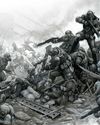
PAINT EPIC BATTLES IN TRADITIONAL INK
Warhammer illustrator THOMAS ELLIOTT shows you how to create an epic science fiction fight scene with this step-by-step guide
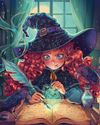
CONJURE MAGIC ILLUSTRATIONS
Daria Anako demonstrates her process for creating a whimsical piece of art with some spellbinding touches
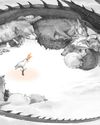
First Impressions
We discover the early influences that inspired the artist
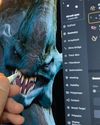
ZBrush for iPad
GAME CHANGER The desktop version of popular 3D sculpting software ZBrush has been redesigned for iPad - and it's brilliant

BenQ GW2786TC
GET AN EYEFUL Don't scrimp out on your health with a monitor that's kind on the eyes and good for creative tasks
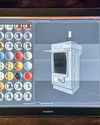
Huion Kamvas Pro 19
TABLET WARS An attractive pen display does an excellent job of balancing price and performance as it sets out to challenge its rivals in the mobile marketplace
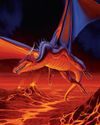
DRAGON OFORCEC
Legendary D&D artist Larry Elmore explains the keys to crafting timeless fantasy art.
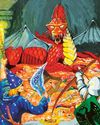
DUNGEON MASTERS
ImagineFX marks the milestone 50th anniversary of the launch of Dungeons & Dragons with a look at its rich tradition of illustration

Erik Ly
Gamer's haven Why the artist enjoys a maximalist aesthetic more than the minimalist approach.

2D meets 3D: How the workflows are merging
Interdimensional As VFX and animation evolve and tools become more accessible, Tanya Combrinck asks whether the separation between the mediums is reducing